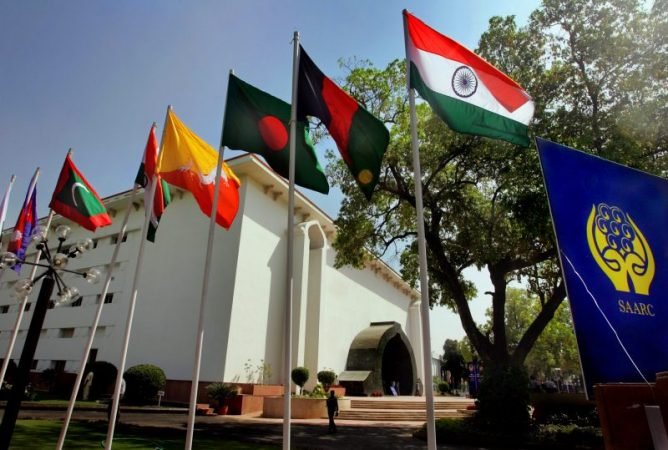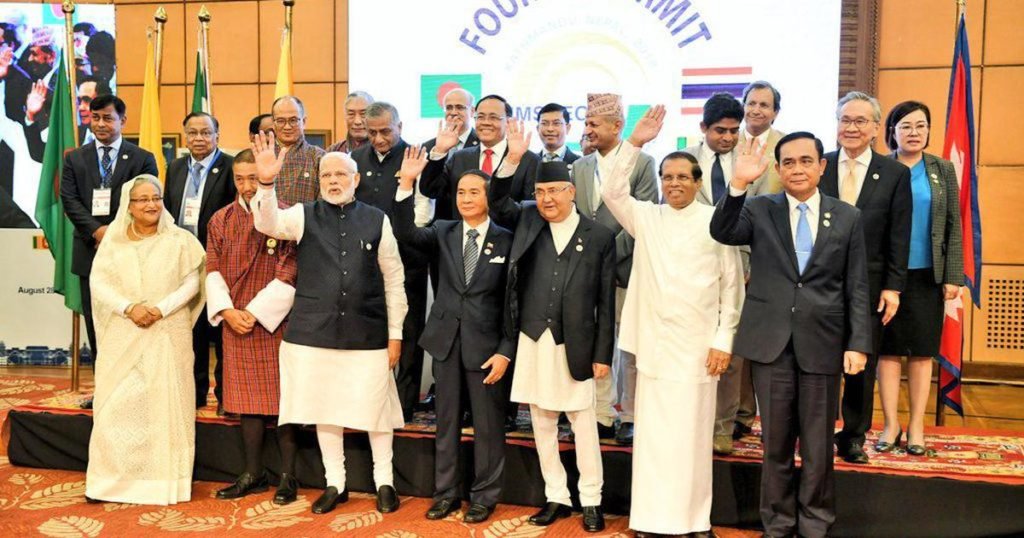A New Wave of Regionalism

The end of world war II gave birth to the worldwide trend of regionalism. Since then, regionalism has gradually evolved through two distinct periods, the Cold War period, and the post-Cold War period. During each period regionalism has been influenced by the political and ideological contexts of the time.
Systemic Bipolarity of the Cold-war period gave rise to the building of regional blocs. The post-Cold War period characterised by unipolarity obviated the need to build regional blocs for political purposes. Post-Cold War regionalism featured the revival of old regional organisations such as the Association of Southeast Asian Nations (ASEAN), the Southern African Development Community (SADC), the Caribbean Community (CARICOM) and the Economic Community of West African States (ECOWAS), as well as the birth of new ones such as the North American Free Trade Agreement (NAFTA), the Asia-Pacific Economic Cooperation (APEC), the West African Economic and Monetary Union (UEMOA) and the Southern Common Market (MERCOSUR).
The 40-year period of the Cold War limited the autonomous development of regional integration processes due to the political necessity of building alliances with one or the other of the two superpowers, and the superpowers’ need to shape their spheres of influence according to their economic and political projects. Once the Cold War was over, the international system underwent a radical systemic change. The variation in global power distribution, one of the most relevant systemic shifts that took place, freed new spaces for autonomous initiatives in regional integration processes.
The earlier inward-oriented growth strategies shifted towards outward-oriented growth strategies. To this extent, the emergence of collective regional projects was functional and aimed at gaining access to international markets within an international context significantly marked by the growth of relevance of the private business sector. This evolution was possible also because of the growing interdependence fostered by economic and financial globalisation processes, coupled with the necessity for private and state actors to keep pace with the fast-changing conditions of economic openness, economic interlinking and growing competition, and to reassess their position within the international system.

But in contemporary times the third wave of regionalism is emerging. In the previous two periods, regionalism was the offshoot of globalisation. Regionalism was the precursor or a conceptual aid enabling the proliferation of globalism in international politics. During the cold war period, this characteristic of regionalism was limited but it attains its full strength in the post-cold war period. In the post-cold war period, the ultimate objective of most of the regional organisations was to enable the region to streamline itself and integrate seamlessly with global international politics. But in contemporary times, regionalism has emerged as the alternative to the globalism and furthermore regionalism is seen as the cushion against the drawback of globalism.
As the western market and economy has reached a point of saturation, the west led by the United States of America which was the harbinger of global order is steadily turning inward, this inward shift has gathered pace in the recent times as liberal politics has lost its space to the far-right populist politics according to which the globalisation of the national economy is the main reason for the suffering of the local people. This inward shift is explicitly apparent in the United States of America. It has withdrawn from the UN Human Rights Council (UNHRC), the United Nations Educational, Scientific, and Cultural Organisation (UNESCO), 2015 Paris Agreement, funding cut of WHO and a temporary ban on H1-B visa. This vacuum created by away shift from global institutions is filled by aggressively pursuing regional and interest-specific groupings.
The vigour with which America is pushing for the Quad, inviting India and Russia to join G7 indicates the thrust given by America to interest-specific groupings. This shift away from global institutions, though not as explicit as in America, is also seen in the rest of the world. For example, India quietly conducted a SAARC member meeting and discussed the COVId-19 pandemic and strengthened the cooperation in the region in the fight against coronavirus, similarly, India is more interested in JAI (Japan, Australia, India), QUAD, Sagarmala, IORA and other regional and interest-specific groupings to address its security challenges in wake of assertive China.

This shift is further aggravated by the recent failures of global institutions. In the wake of COVID-19 pandemic United Nations General Assembly (UNGA) passed a basic resolution pledging solidarity that was devoid of any real substance, United Nations Security Council (UNSC) the main power seat of Global institution didn’t even discuss the COVID-19 pandemic, World Health Organisation (WHO) failed incorrectly assessing the severity of COVID-19 and directly got played by china. Furthermore, some global institutions reek of prejudice. For example, UNHRC remains silent over Xingjiang but loses sleep over Jammu and Kashmir. The current dilution of global institutions is directly a result of their archaic structure. The current global institutions reflect the old power dynamics and are heavily tilted in favour of the western world. As the power realities have changed, these global institutions could not accommodate the new power dynamics.
Furthermore, the old patrons (America) of these global institutions are not any more interested in them, leaving these institutions in the hand of members that wants to overhaul these institutions (India is no different, it also seeks to shape these institutions in its favour), thus creating an existential crisis for these global institutions. According to the developed world, the developing world takes undue advantage of the current global institutions and receives concessions that are detrimental to the developed world. This view is evident in America’s criticism of India and China for their lack of monetary contribution vis-a-vis the environment and their high agricultural subsidies. On the contrary, according to developing countries, developed countries use the current global institutions to dictate the global rules in their favour. This view was evident in the Doha round of trade talks.
The current milieu is such that all the countries in the world advocate the ‘rules-based global order’ but there is a divide over the global institutions that will lead this rule-based global order. But the loss for global institutions is the gain for regional institutions. As the national interest in contemporary times is defined in more immediate terms, the global institutions have ceded its space to bilateral platforms, interest-specific groupings and regional organisations. This new trend in the evolution of regional and interest-specific groupings is still in a nascent stage and only time can tell what the future course of this new trend will be.



















